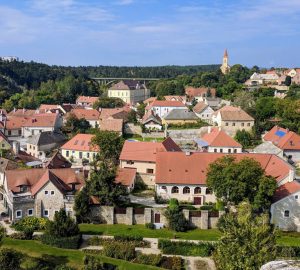Matera in Southern Italy and Plovdiv in Bulgaria – both cities are this year’s European Capitals of Culture. In the following, we’re going to reveal why they are worth a visit.
Matera: Grotto-Churches and Cave-Dwellings
In the very south of Italy next to its boarder to Apulia there’s the picturesque village of Matera. Ever since, Italy’s cities and villages have been well known for their rich cultural history. Nevertheless, Matera is unique. The reason for this lies in the city’s special connection to its surroundings.
Cave-Settlement Sassi Di Matera
The village lies on a plateau, covered with hills and rocks of relatively soft tuff and karst. It is due to these geological features that the world-famous cave-settlement could emerge – the Sassi di Matera. As early as 1993 it was included on UNESCO’s World Heritage List.
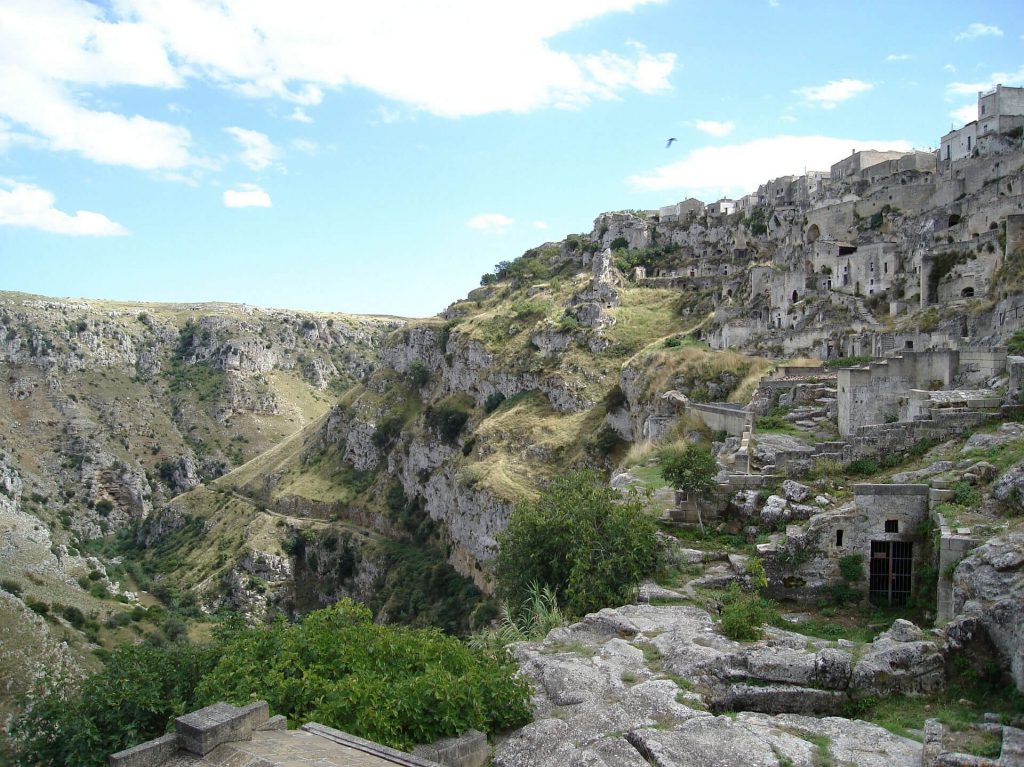
Already the people in the Young Stone Age appreciated the benefits of the crevices and caves, created by wind and rain. In the course of centuries, the villagers burrowed even deeper caves into the rock, where they used to live until the 1960s – without electricity or tap water. That’s why, at last, they were relocated to a newly constructed neighborhood. Nowadays, some of those cave-dwellings and grotto-churches are redecorated and mirror impressive human creativeness.
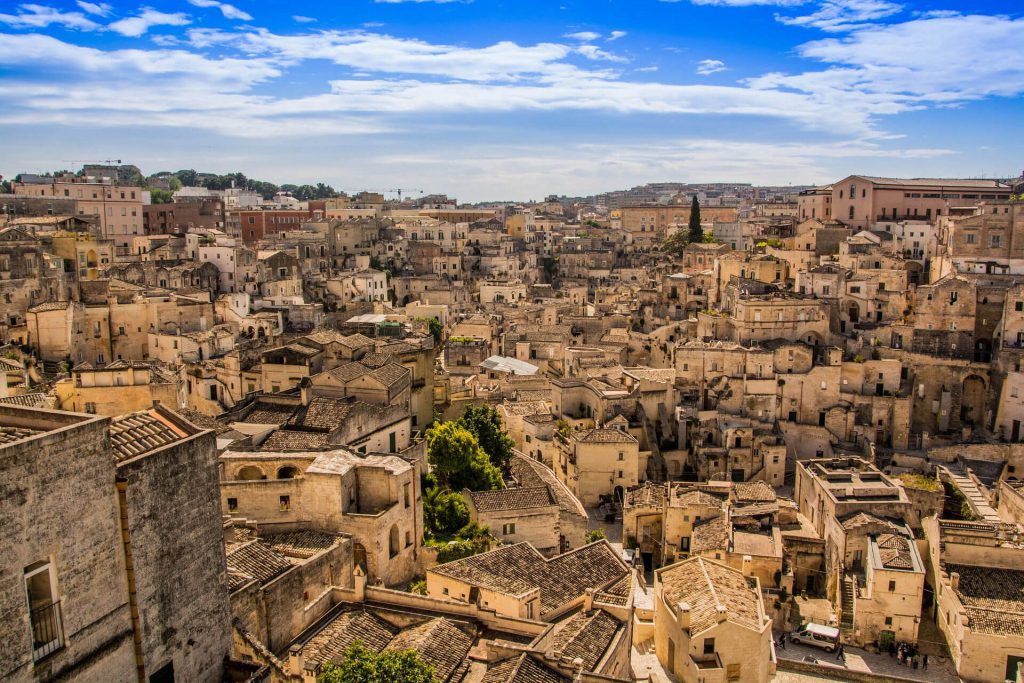
Matera’s Historic District
The best way to discover the old town’s tiny houses, which are nestling against each other, is by foot. Within those narrow and steep lanes, you’ll feel like you were on a journey through time. It’s amazing to see how city and nature have merged into one throughout time. Rock shelters are used as exterior walls, ditches as alleys – everything fits into each other. Considering these impressions, it’s not a bit surprising that some areas of the village are part of UNESCO’s World Heritage List and it was chosen as Capital of Culture 2019 as well.
Also interesting: City Trip to Lisbon – Where City-Trekking is pure bliss
Plovdiv – Bulgaria’s unknown Beauty
The history of Bulgaria’s second biggest city Plovdiv is varied. Throughout the 6,000 years of settlement history, the city got conquered by Macedonian kings, Thracian emperors, the Romans, Crusaders and Ottomans. When strolling through Plovdiv’s historic old town you’ll pass several sights originating in many different ages.
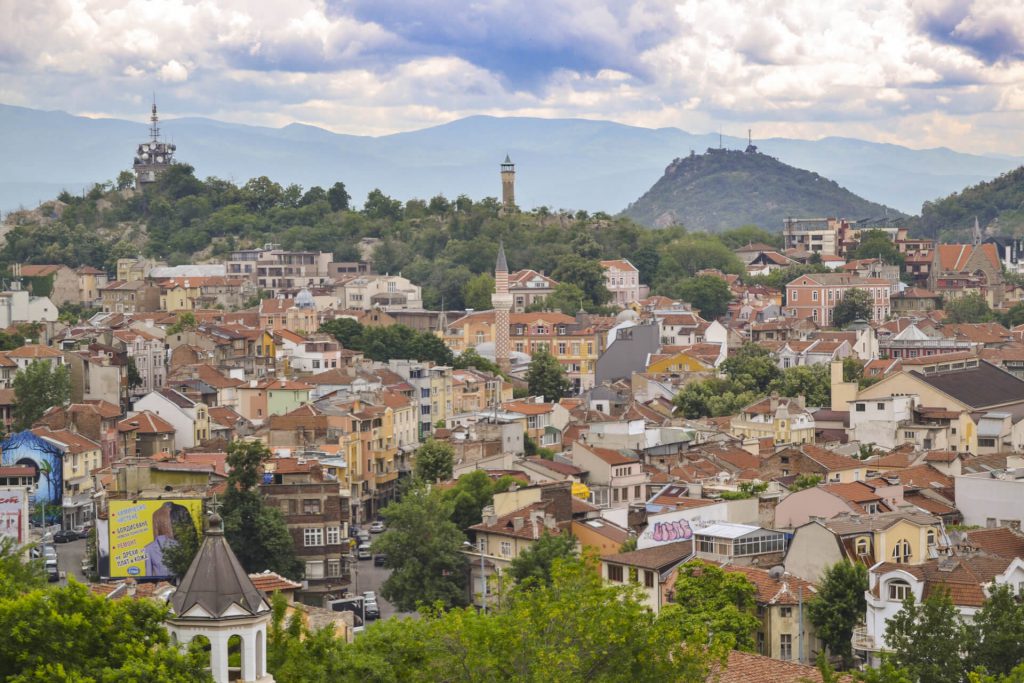
Roman Theaters and Arenas
The Romans left a very well conserved ancient Theater, which, nowadays, is still used for operas, concerts and stage plays. It’s placed high above Plovdiv on one of the city’s seven hills. From there you’ll have a sensational view over Plovdiv – take a seat in one of the nearby cafés and enjoy the atmosphere.
Also interesting: Outdoor vacation in Soča Valley in Slovenia – For outdoor enthusiasts Soča Valley in Slovenia is heaven on earth
You should definitely visit the Roman arena as well. Like the famous ancient Greek city of Delphi, it was used for sporting competitions, hosting about 30,000 fanatic spectators cheering for their favorite athletes. However, in the course of time, buildings were carelessly erected upon the arena. These days, you can simply cast a glance down at the ancient stadium from Plovdiv’s present-day shopping streets. Some areas of the former arena lay open, though, and a visitor center provides interesting information about the stadium’s history.
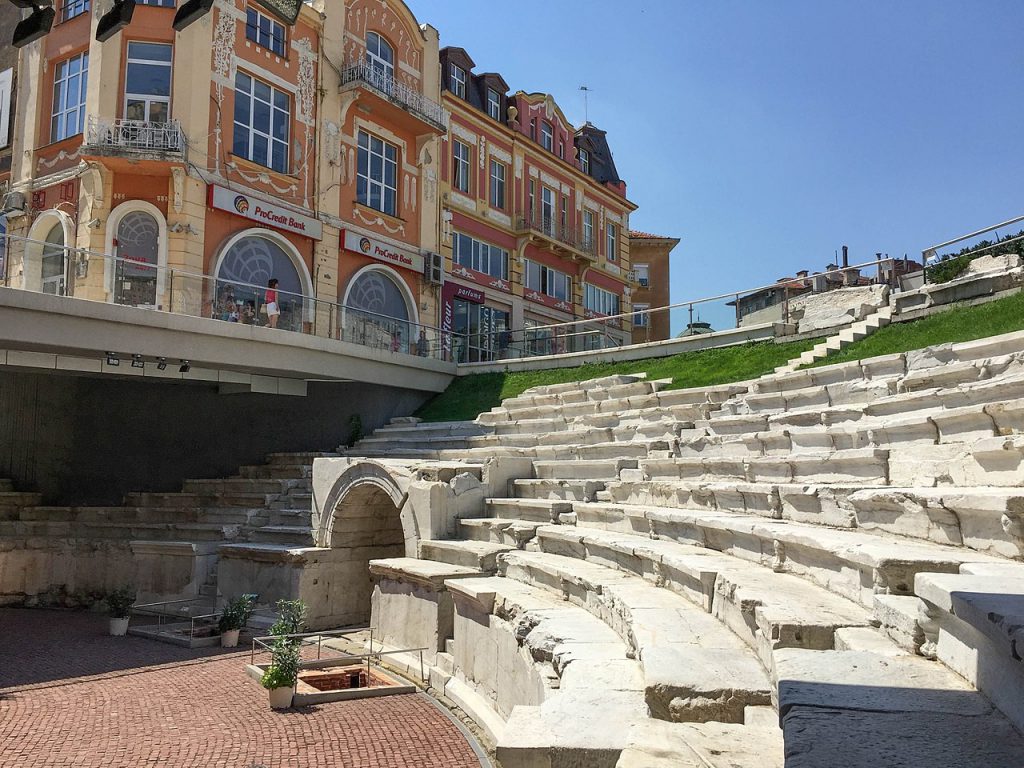
Plovdiv’s historical old town – Strolling through European Baroque
Even without fundamental architectural knowledge you’ll immediately realize you’re laying eyes on something unique. You can discover gorgeous baroque houses – appearing like jewels – from the age of the so called Bulgarian National Revival (19th century). By now, most of them house museums and exhibitions. Here you can find an overview of all possible activities: Arrival Guides
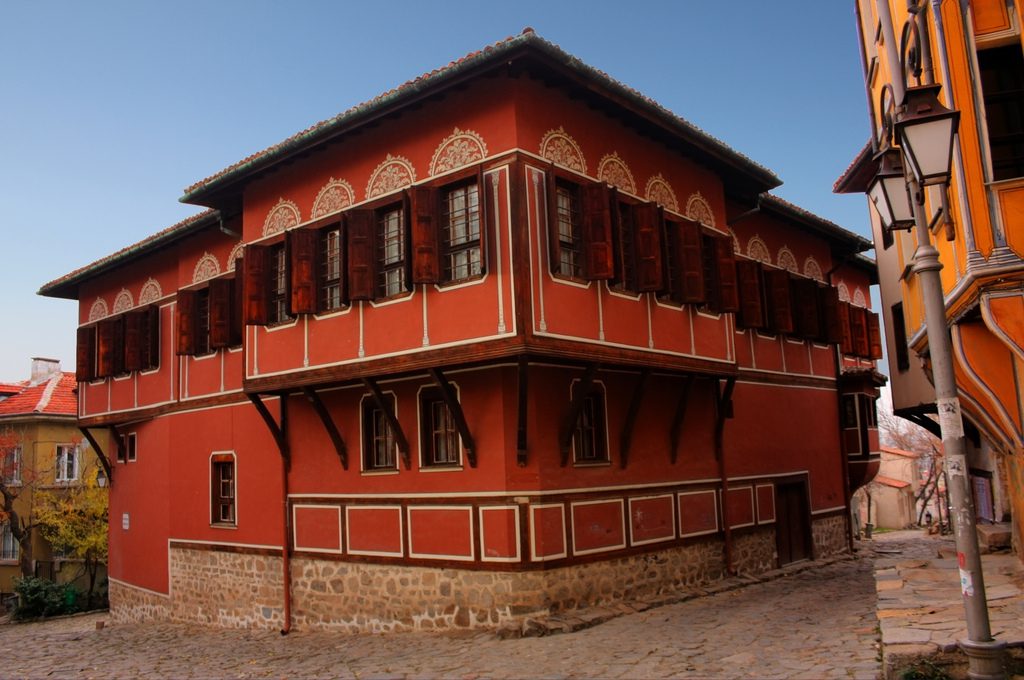
The two cities clearly do deserve the title Capital of Culture 2019. However, if you should, at some point, feel exceedingly bored of culture both Matera and Plovdiv are surrounded by tremendous landscapes offering great possibilities for hiking, riding a bike or trips in general – outdoor lovers will rejoice.






